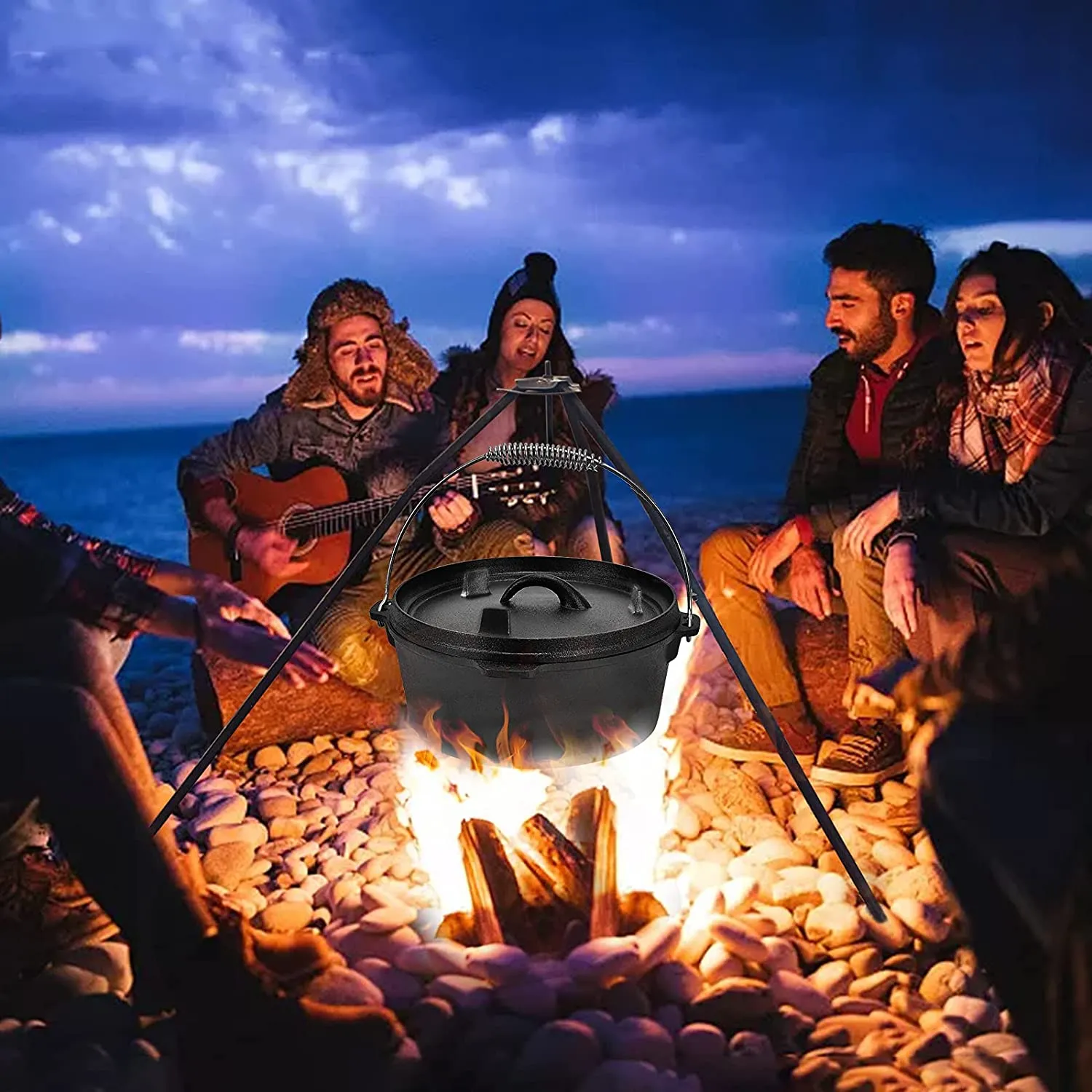
Tips for Perfectly Seasoning Your Cast Iron Cookware at Home
The Art and Science of Seasoning Cast Iron
When it comes to kitchen cookware, few materials offer the charm and functionality of cast iron. Renowned for its heat retention and even cooking, cast iron pots and pans require a special type of care to ensure they last for generations. One of the pivotal aspects of maintaining cast iron is seasoning—an essential process that can dramatically influence the performance and longevity of your cookware.
What is Seasoning?
Seasoning refers to the process of treating the surface of cast iron with oil to create a non-stick, protective layer. This is achieved by heating the oil to its smoke point so that it polymerizes and forms a hard coating on the surface of the pan. Not only does this provide a natural non-stick surface, but it also prevents rust and enhances the iron's resilience to acidic ingredients that may be used in cooking.
The Seasoning Process
The seasoning process can be broken down into a few simple steps
1. Cleaning Start by cleaning the cast iron cookware. If it’s new, it might have a factory coating that needs to be removed. Use hot water and a mild soap or a scrub brush to eliminate any residue. For vintage pans with heavy build-up or rust, a more abrasive cleaner or even a solution of vinegar and water can be used.
2. Drying After cleaning, dry the pan thoroughly to prevent rust formation. You can place it on the stove over low heat for a few minutes to ensure all moisture evaporates.
3. Applying Oil Choose a fat with a high smoke point, such as flaxseed oil, grapeseed oil, or canola oil. Using a paper towel, apply a thin, even layer of oil on the entire surface, including the exterior and handle. Avoid using too much oil, as this can lead to a sticky residue instead of a smooth finish.
seasoning cast iron

4. Heating Preheat your oven to a temperature between 400°F to 500°F (200°C to 260°C). Place the oiled cookware upside down on the top rack of the oven (placing a baking sheet on the bottom rack to catch any drips). Bake for about an hour. This high heat transforms the oil into a hard, glass-like finish.
5. Cooling After an hour, turn off the oven and allow the cookware to cool gradually inside. This slow cooling process helps set the seasoning.
Maintenance of Seasoned Cast Iron
To keep your cast iron in optimal condition, proper maintenance is crucial. After each use, clean the pan with hot water and a soft sponge—avoid soap unless absolutely necessary. For stuck-on food, a gentle scrub with coarse salt can be effective. Once clean, dry it thoroughly over low heat and apply a light coat of oil before storing.
Cooking frequently with your cast iron can naturally build up the seasoning, helping it to become even more non-stick over time. However, if you notice the surface looking dull or less non-stick, it may be time to re-season. A well-seasoned cast iron pan can develop a beautiful black patina, acting as a badge of pride for any home cook.
The Benefits of Seasoning
Seasoning your cast iron enhances not only the cooking experience but also the flavor of your dishes. Many chefs swear that food cooked in well-seasoned cast iron has a unique depth of flavor. This is particularly true for dishes like cornbread or fried chicken, which benefit from the crispy texture that seasoned iron provides.
In conclusion, seasoning cast iron is more than a chore; it’s an art form rooted in tradition and practicality. With the right techniques and care, your cast iron cookware can become an indispensable asset in your kitchen—yielding delicious meals for years to come. Embracing the process of seasoning can turn a simple skillet into a trusted companion, making your culinary creations all the more special.
-
Season Cast Iron Perfectly with GPT-4 Turbo TipsNewsAug.01,2025
-
High Quality Cast Iron Cookware - Baixiang County Zhongda MachineryNewsAug.01,2025
-
Premium Cast Iron Pan: Durable & Perfect HeatNewsAug.01,2025
-
High Quality Kitchen Durable Black Round Cast Iron Cookware Pancake Crepe Pan-Baixiang County Zhongda Machinery Manufacturing Co., Ltd.NewsAug.01,2025
-
Cast Iron Cookware - Baixiang County Zhongda Machinery | Nonstick, Heat ResistanceNewsAug.01,2025
-
High Quality Kitchen Durable Black Round Cast Iron Cookware - Baixiang County Zhongda Machinery | Non-Stick, Heat Retention, DurableNewsJul.31,2025


